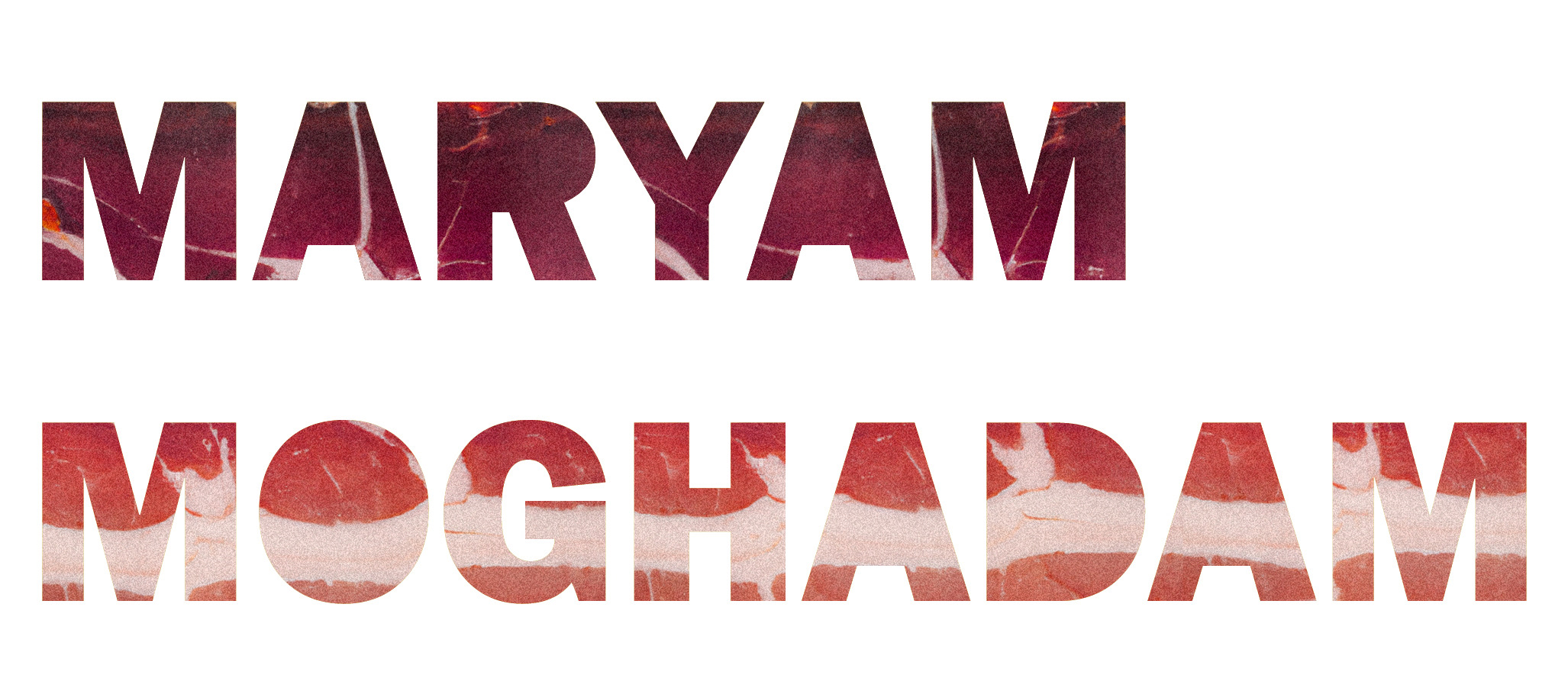Pro-truth Pro-tooth ashtray; an extension of the anti-smoking advertisements embellishing cigarette packets since the late 1960s. A glimpse into the amber-tarnished, silver capped and absent teeth that can be brought about the habit encourages smokers to reconsider and at best quit. However, when the urge to light a ciggy supersedes any grim reality checks, Pro-truth Pro-tooth supports its smokers by serving as a repository for ashes and butts.
